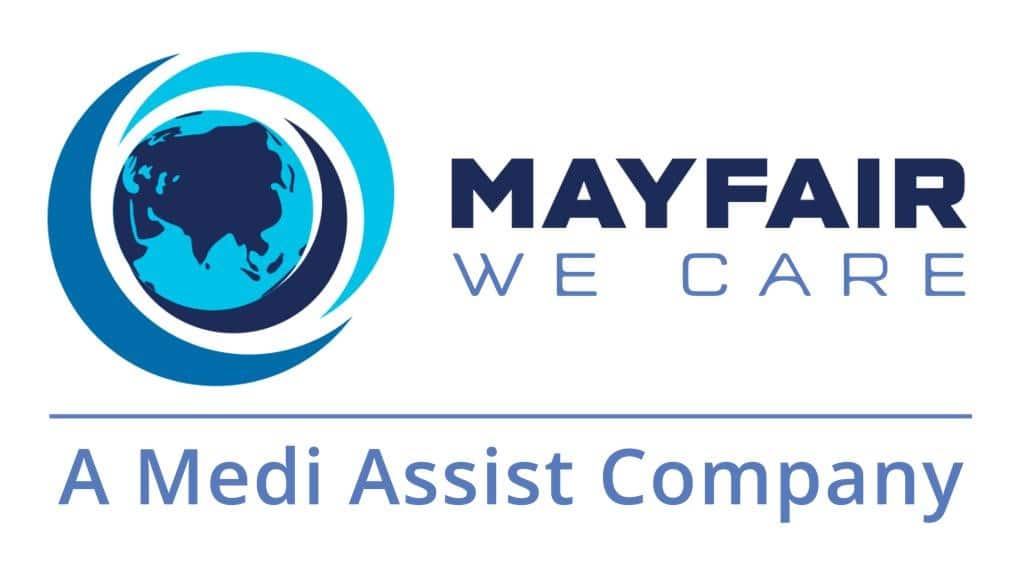
We have been seeing an increase in impetigo cases in our clinics therefore we asked Dr Bernadeta Wibisono for our Paediatric clinic provide some information on what to look out for.
What is Impetigo?
Impetigo is a common and contagious superficial bacterial infection observed most frequently in children.
They can present in three different forms.
The most common form of impetigo is called non-bullous impetigo. This type of impetigo initially appears as red bumps that quickly rupture, ooze, and then form thick, adherent crusts with a characteristic honey-crusted appearance. These sores classically occur around the nose and mouth but can be spread to other areas of the body by fingers, clothing and towels.
Bullous impetigo is a less common form of impetigo. They present as larger blisters that occur on the trunk of infants and young children. Usually there are fewer lesions than in non-bullous impetigo.
A more serious form of impetigo, ecthyma, penetrates deeper into the skin and develop as painful blisters that turn into deep ulcers with thick crusts and redness surrounding the skin.
What causes impetigo?
Impetigo is cause by bacteria called Staphylococcus aureus or Streptococcus pyogenes. Children can catch these bacteria by coming into contact with the sores of other children who’s infected or with items they’ve touched such as clothing, bed linen, towels and even toys.
What are the risk factors of impetigo?
- Impetigo most commonly occurs in children ages 2 to 5, although older children of any age and adults may also be affected
- Close contacts such as in school or daycare settings or contact sports such as wrestling, increases your risk of developing impetigo
- Impetigo is more common in warm and humid weather
- The bacteria that cause impetigo often enter your skin through a small skin injury, insect bite or rash. Your child is more likely to get impetigo if he has other skin problems, such as eczema
What complications can result from impetigo?
Even though impetigo is very contagious, is rarely serious. The sores in mild forms of the infection generally heal without scarring.
There are some complications that can occur very rarely.
- The bacteria that cause impetigo can penetrate the skin deeper and may lead to cellulitis. This potentially serious infection affects the tissues underlying your skin and eventually may spread to your lymph nodes and bloodstream. Untreated cellulitis can quickly become life-threatening.
- Impetigo cause by Streptococcus pyogenes can also damage your kidneys.
- The ulcers associated with ecthyma can leave scars.
How do doctors diagnose impetigo?
The impetigo sores are very distinctive that usually doctors can diagnose them by just looking at the skin. Lab tests generally aren’t necessary.
After the antibiotic treatment, if the sores don’t clear, you doctor may take a sample of the liquid produced by a sore and test it to see what types of antibiotics might work best on it. Some types of the bacteria that cause impetigo have become resistant to certain antibiotic drugs.
How do you treat impetigo?
In mild cases, most impetigo can be treated with antibiotic ointment or cream that you apply directly to the sores.
If there are more than a few sores, oral antibiotic may be prescribed. It is important to finish the entire course of medication even if the sores are healed. This helps prevent the infection from recurring and makes antibiotic resistance less likely.
Treatment of impetigo is important for reducing spread of infection, hastening the resolution of discomfort, and improving cosmetic appearance
How to prevent impetigo?
The best way to prevent impetigo is to keep skin clean. You need to wash cuts, scrapes, insect bites and other wounds right away to prevent them from getting infected.
To help prevent impetigo from spreading to others:
- Gently wash the affected areas with mild soap and running water and then cover lightly with gauze
- Wash an infected person’s clothes, linens and towels every day and don’t share them with anyone else in your family
- Wear gloves when applying antibiotic ointment and wash your hands thoroughly afterward
- Cut an infected child’s nails short to prevent damage from scratching
- Wash hands frequently
- Keep your child home until your doctor says he or she isn’t contagious

Dr Bernadeta Wibisono is based at IMC Paediatric.
Call T:6887 4440 to make an appointment.

































